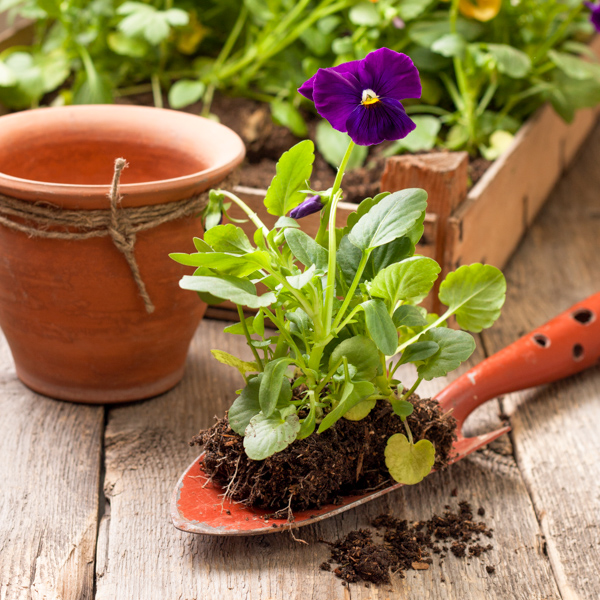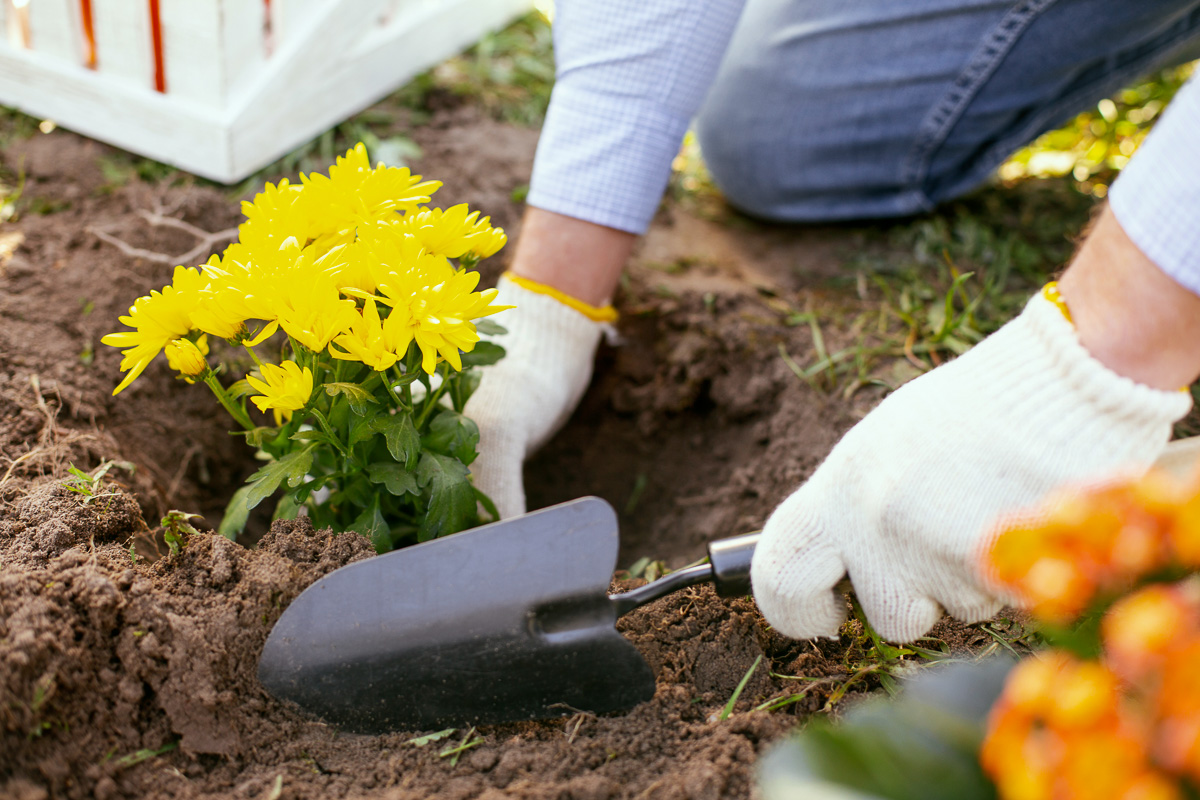When and How to Divide Perennial Plants
Divide perennials to invigorate and control them and to make more plants! Learn when and how often to divide your perennial plants and follow our simple how-to steps.
Even though April is an ideal time to plant most trees, shrubs, evergreens, and perennial flowers, new plants still often wilt, turn brown, and sometimes even die soon after planting.
Going from cozy pots and coddled nursery care into the real world of lousy soil, brighter light, wind, and less-regular watering is a stressful time for plants. Sometimes they show us they’re not happy by suffering “transplant shock.”
Plants that are wilted, poorly colored, stunted, diseased, or infested with bugs are already stressed and more likely to suffer transplant shock than healthy ones.
Look for full, healthy growth, good leaf color, and adequate moisture in the pot.
Also helpful is checking the plant’s rootball for under-developed roots and for large, circling, “pot-bound” roots that challenge the plant’s ability to take up moisture and nutrients. Ask nursery staff for help with this before you start pulling plants out of their pots.

natashamam / iStock / via Getty Images
If you toss evergreens and leafed-out trees and shrubs in the back of a pickup, you’ll expose the foliage to near-hurricane-force winds as you drive home on the highway.
This can create moisture deficits and wind-burned plants even before you get them in the ground.
Either store plants inside your vehicle or cover them with burlap, a sheet, or a tarp for the ride home.
Plants do best when they go into good soil and in a site that matches their needs.
If your soil is rocky, clayish, sandy, or otherwise poor, amend it with compost. Loosen the soil to at least three times the width of the plant’s rootball before planting, and be sure to set the plant at the right depth (i.e. not too deep but not so shallow that the rootball is exposed).
Do your homework so you’re planting sun-loving plants in sunny locations and plants that prefer shade in shadier spots.
Most plants also transplant best when they’re not in full bloom. Planting in bloom usually doesn’t affect the long-term health of the plant, but it may short-circuit that season’s flowering performance.

yacobchuk / iStock / via Getty Images
This is especially important if you didn’t check the rootballs before purchase and find that you now have plants with large, circling roots.
These roots should be splayed apart or otherwise freed before planting. Try to tease the roots apart with your fingers or use a hose or water-filled basin to remove enough soil to free the roots as best as you can without injuring them. Don’t just rip root balls apart.
If there’s no other way, it’s better to make a few vertical cuts in the rootball to free what you can rather than planting a tightly packed ball.
This lets you transplant without the plant being immediately hit by full sun.
Cloudy days draw less moisture from plants than sunny days and make the transition into the ground a bit less taxing.
If you plant on a cloudy day right before soaking rain, so much the better. The roots will get a comforting bath right off the bat, too.
If you can’t avoid sunny-day transplants, wait until evening to plant. The transplants will get a nighttime break first thing before having to face the bright sun.
Soak the soil around your transplanted plants immediately after planting to settle air pockets and make sure the roots are in contact with damp soil.
Water enough to wet the whole way around the rootball and down to just below the bottom of the rootball.
Don’t skip watering because it’s supposed to rain. Forecasts aren’t always right, and rains don’t always dampen as deeply as you think.

If you’re planting in a sunnier, less-protected spot than the plant was displayed at the garden center or nursery, plants might be overly sensitive at first to sun and wind in their new home. Signs are wilting or scorching around the edges.
Help these plants gradually adapt to the new light by erecting a barrier of burlap or dense netting over the top of them to give some shade and wind protection.
Finally, head off weeds by topping the ground with a couple of inches of mulch and an application of Preen Extended Control Weed Preventer Then stay on top of the watering at least through the entire first season.